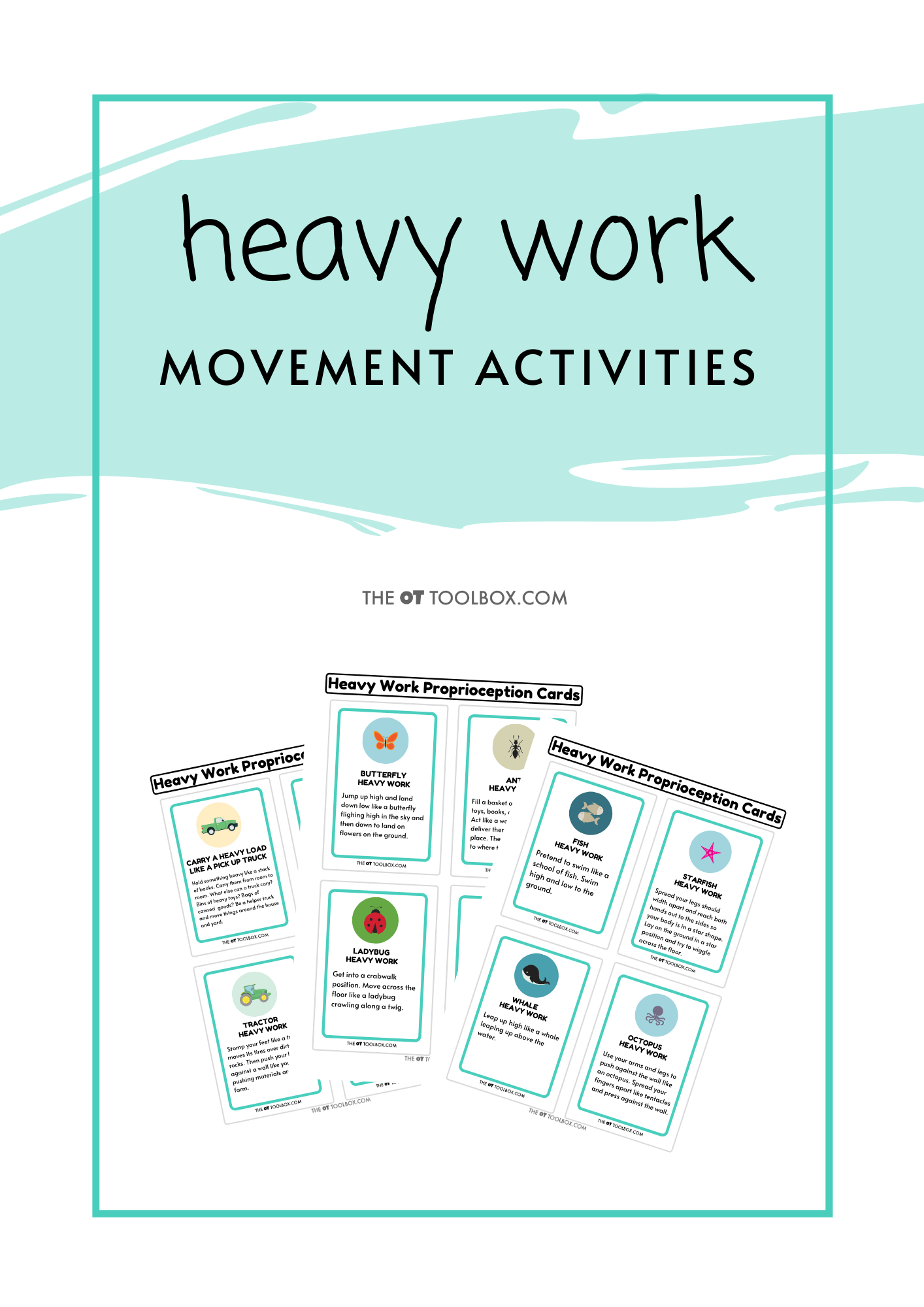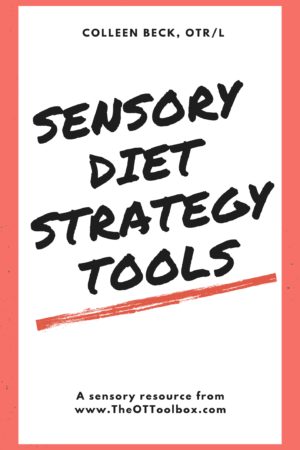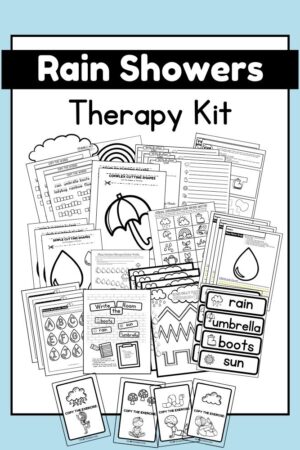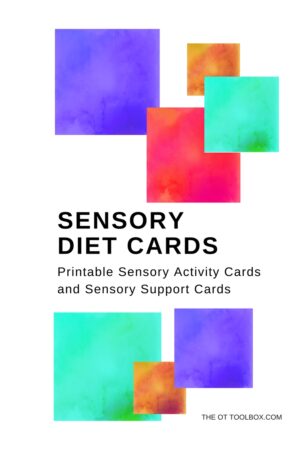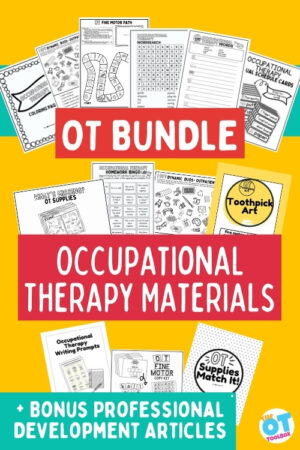Heavy Work Movement Cards
$6.00
Themed Heavy Work Brain Breaks
Need to add heavy work to help kids regulate emotions, or to use as a coping tool for sensory needs? Heavy work is a valuable strategy to add calming proprioceptive input for whole body awareness, regulation, and stress relief too. Help kids re-group or add movement into learning with these themed brain break cards. 11 pages of themed heavy work activity cards, with 8 activities for each theme.
Use these themed brain breaks in the classroom or home for a movement break between learning.
Use the heavy work cards for a therapy warm-up or gross motor activity with clients and students.
Let’s help kids move and get the strength-building, proprioceptive sensory activity they need!
Description
Use these heavy work movement cards to help with building body awareness, motor planning abilities, proprioceptive input, or a movement activity as a brain break to pay attention between learning activities.
In the set of cards, you’ll find heavy work activities in the following themes:
1. Trucks Heavy Work Activities
2. Insects Heavy Work Activities
3. Sea Animals Heavy Work Activities
4. Farm Animals Heavy Work Activities
5. Jungle Animals Heavy Work Activities
6. Woodland Animals Heavy Work Activities
7. Superheroes Heavy Work Activities
8. Sports Heavy Work Activities
9. Monsters Heavy Work Activities
10. Summer Heavy Work Activities
11. Butterfly Life Cycle Heavy Work Activities
Each activity page includes 8 movement and heavy work cards in that theme.
These heavy work activities can be added to home programs, teletherapy activity plans, or used as brain breaks during learning and play.
- Poor pencil pressure when writing
- Attention and focus issues in learning situations
- Appear clumsy
- Difficulty transitioning between activities
- Fidget when asked to sit quietly
- Show an increased activity level or arousal level
- Seek intense proprioceptive input by “crashing and bashing” into anything
- Slap their feet when walking
- Flap hands
- Use too much or too little force on pencils, scissors, objects, and people
- “No fear” when jumping or walking down stairs
- Or, are overly fearful of walking down steps/jumping
- Look at their body parts (hands/feet) when completing simple tasks
- Sit down too hard or miss chairs when sitting
- Fall out of their seat
- Fluctuates between over-reacting and under-reacting in response to stimulation
- Constantly on the move
- Slow to get moving and then fatigue easily


